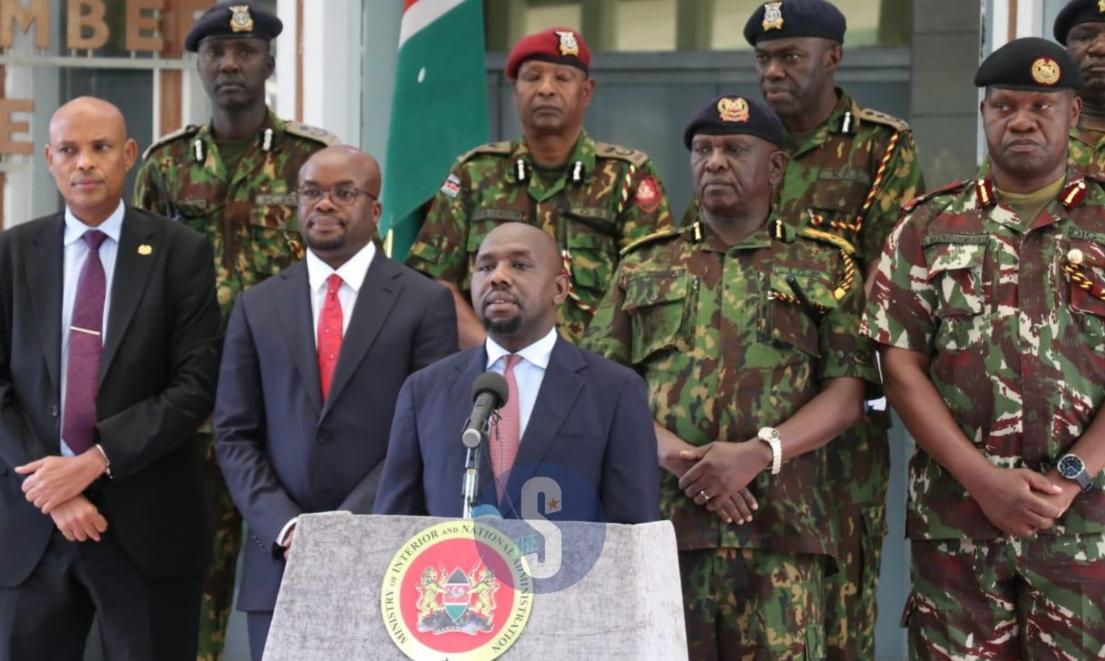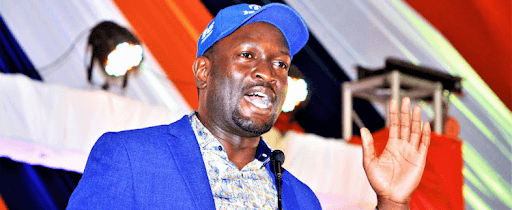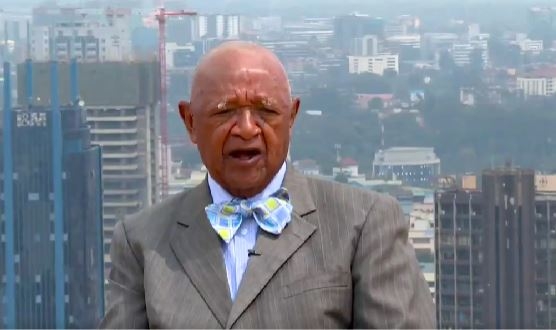

Interior Cabinet Secretary Kipchumba Murkomen has criticised sections of the Kenyan media, accusing them of taking an active role in mobilising citizens for anti-government protests that swept across the country on Tuesday.
Speaking during a press briefing on Thursday, Murkomen said while media freedom is guaranteed in Kenya, some journalists and outlets had crossed ethical lines in their live coverage of the protests.
“There is nothing wrong with live broadcasting per se. Our media has freedom,” said Murkomen.
“The biggest problem is the idea that media becomes the centre of mobilisation for these protesters.”
He alleged that some media houses not only reported on the demonstrations but also influenced public sentiment and action, pushing the boundaries of journalistic responsibility
“Some of the media houses work very hard and tell people ‘wengine wako Thika Highway,’ what do you tell people after that? They are mobilising people to participate,” he claimed.
Murkomen went further to accuse the media of directing the protestors’ movements and actions, saying such conduct amounted to incitement.
“Some media houses were directing protesters… You see, that is very irresponsible journalism,” he added.
His remarks come amid growing government scrutiny of the media following widespread protests against the proposed Finance Bill 2025, which saw tens of thousands of Kenyans take to the streets in major cities.
In a letter dated June 25, and addressed to all television and radio stations, the Communications Authority directed broadcasters to halt any live coverage of the demonstrations.
The directive, signed by Director General David Mugonyi, cited Articles 33(2) and 34(1) of the Constitution of Kenya and Section 461 of the Kenya Information and Communications Act, 1998, as the legal basis for the ban.
The letter warned that failure to comply would result in regulatory action as stipulated by law.
“The live coverage of the June 25, 2025, demonstrations is contrary to Articles 33(2) and 34(1) of the Constitution of Kenya and Section 461 of the Kenya Information and Communications Act, 1998,” the letter stated.
“This is therefore to direct all television and radio stations to stop any live coverage of the demonstrations forthwith. Failure to abide by this directive will result in regulatory action.”
At least 16 people were reported dead, with dozens injured as police used tear gas, water cannons, and rubber bullets to disperse crowds.
The Kenya Editors Guild has defended the role of the media, saying live coverage of national events is part of its duty to inform the public.
Several journalists were reportedly assaulted or arrested while covering the protests, raising fresh concerns about press freedom in Kenya.
As the country remains tense, Murkomen’s comments are likely to deepen the debate on the role of media in times of political unrest, with questions emerging about where the line lies between informing the public and influencing public action.
The CA’s directive has sparked widespread debate, with many Kenyans and civil society groups expressing concern over what they see as an attempt to stifle press freedom and limit public access to information.















